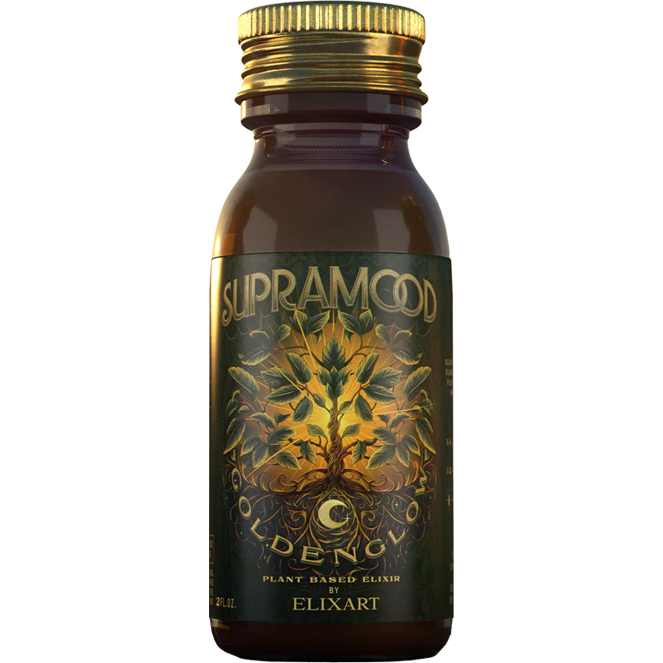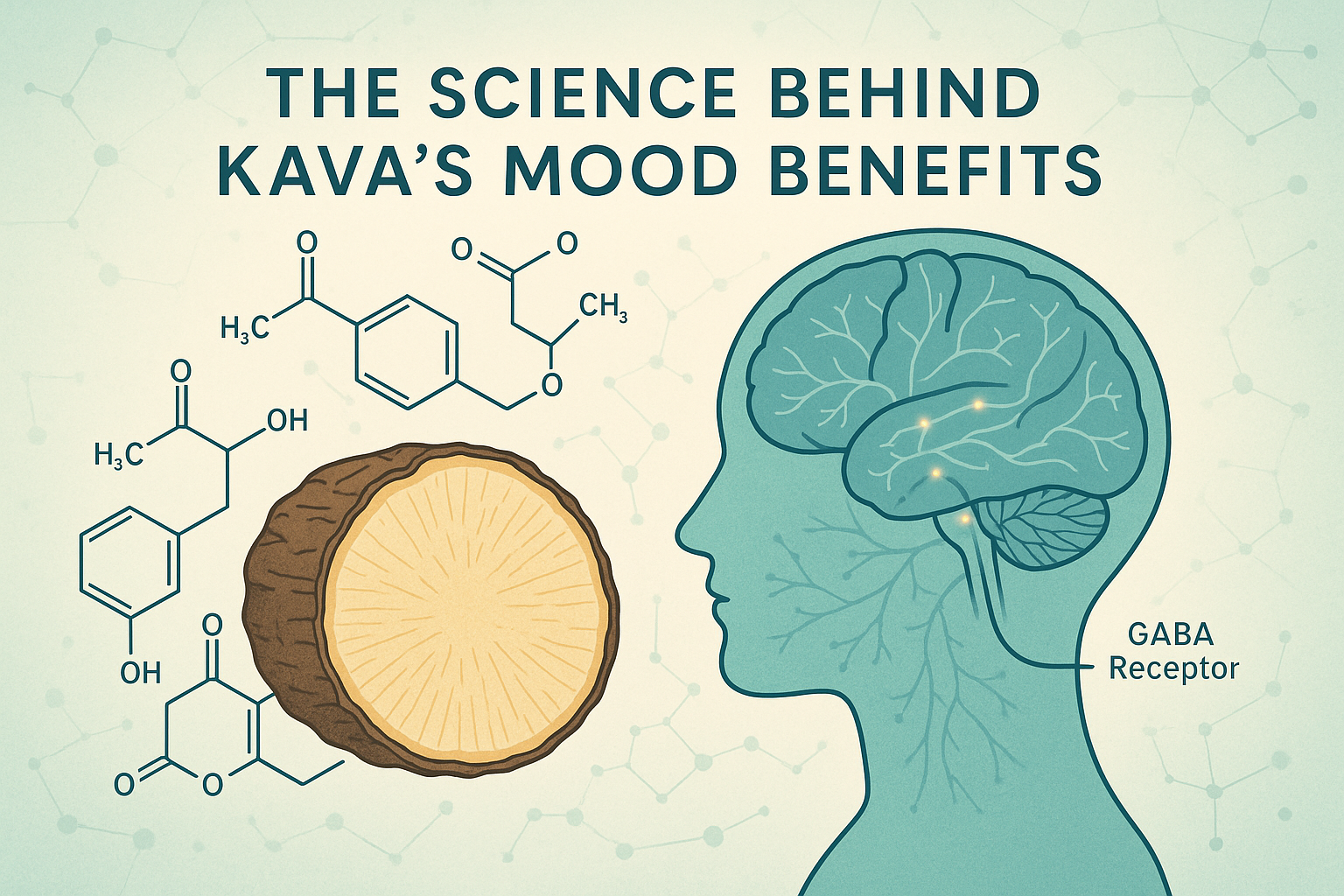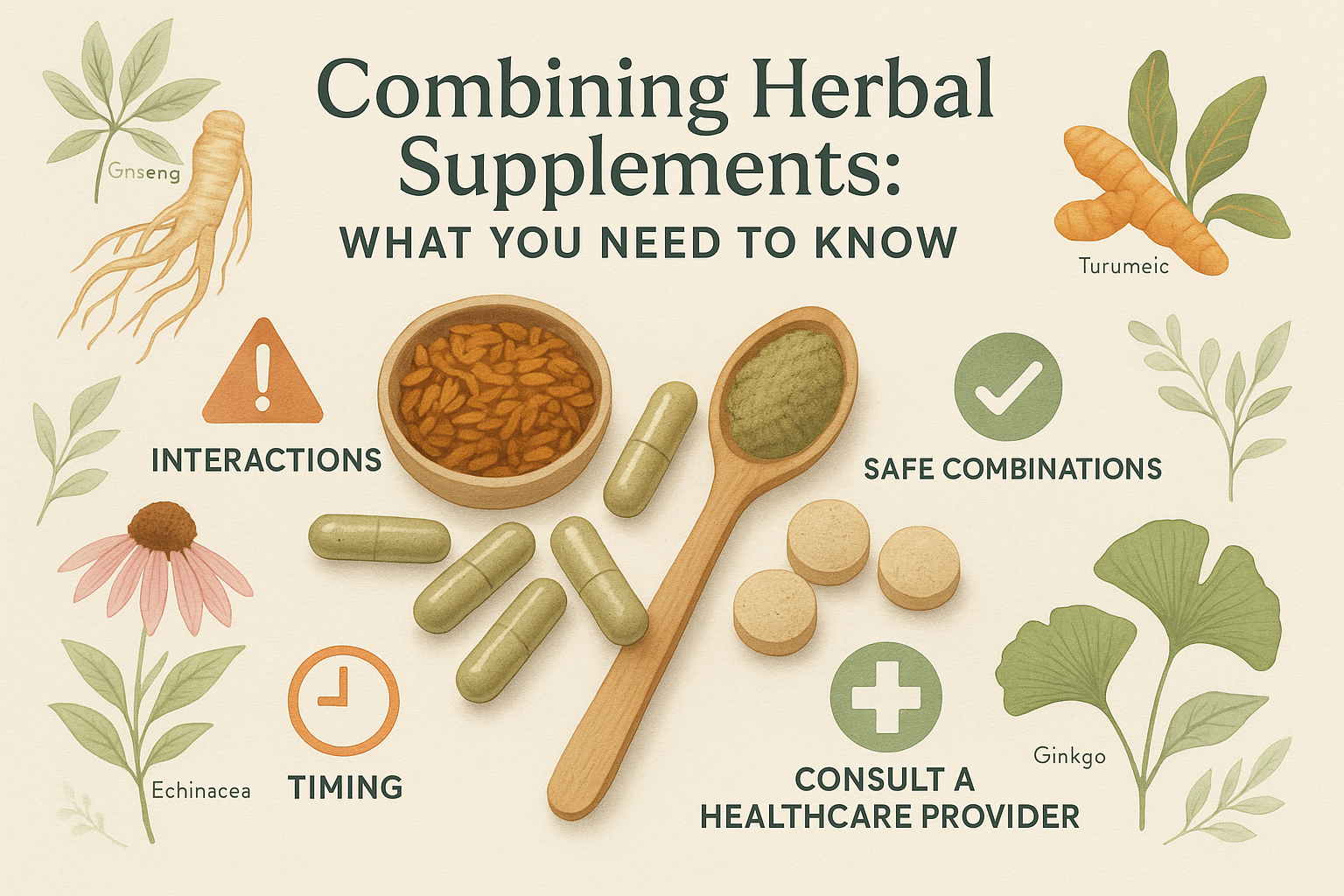Kava, a drink made from the root of the Piper methysticum plant, has a significant cultural importance in Pacific Island societies. It has been traditionally used in ceremonies and social gatherings, known for its soothing effects and ability to strengthen community connections. Countries such as Fiji, Vanuatu, and Tonga have deeply ingrained kava consumption in their cultural practices.
Recently, there has been an increasing interest in natural ways to manage stress. Kava has become a popular choice among these remedies due to its believed effectiveness in reducing anxiety and promoting relaxation. This growing trend reflects a larger movement towards holistic health approaches that prioritize natural solutions for mental well-being over synthetic ones.
This article explores how kava fits into modern stress management techniques. We will discuss its mechanism of action, cultural significance, mental health benefits, and safety considerations to provide a comprehensive understanding of how kava can be incorporated into contemporary wellness practices. Whether you're new to kava or looking for deeper insights into its uses, this guide will offer valuable information to help you make informed choices about adding kava to your stress management toolkit.
Understanding Kava and Its Mechanism of Action
Kava, scientifically known as Piper methysticum, is a plant native to the South Pacific. It is recognized for its distinctive heart-shaped leaves and woody stems. The root of the kava plant is where its potent active compounds, called kavalactones, are found. These kavalactones are primarily responsible for kava's effects on the body and mind.
Botanical Description and Active Compounds
- Botanical Name: Piper methysticum
- Part Used: Root
- Active Compounds: Kavalactones
Kavalactones include a group of lactone compounds like kavain, methysticin, and dihydrokavain. They are typically extracted from the root and can make up 3% to 20% of the dry weight of the kava root depending on the variety and region where it is grown.
Historical Uses in Pacific Islands
Kava has been an integral part of social and ceremonial life in Pacific Island cultures such as those in Fiji, Vanuatu, and Tonga for centuries. It is traditionally consumed as a beverage made by grinding or pounding the root, then mixing it with water or coconut milk.
Cultural Significance:
- Fiji: Used in ceremonies to mark important events such as weddings and community meetings.
- Vanuatu: Integral to rituals involving conflict resolution and peace-making.
- Tonga: Often consumed during social gatherings to foster community bonding.
Mechanism of Action on Brain and Nervous System
Kava's effects are attributed to its interaction with neurotransmitter systems in the brain. The primary mechanism involves modulation of GABA (gamma-Aminobutyric acid) receptors.
Key Mechanisms:
- GABA Receptors Interaction: Kavalactones enhance GABA activity, leading to increased inhibitory signaling in the brain. This results in reduced neuronal excitability, promoting relaxation and mental clarity.
- Effects on Neurotransmitters: Besides GABA, kavalactones also influence other neurotransmitter systems such as dopamine and serotonin, which play roles in mood regulation.
Benefits:
- Anxiety Reduction: By enhancing GABAergic transmission, kava helps alleviate symptoms of anxiety.
- Mental Clarity: Unlike some sedatives that dull cognitive function, kava can promote a state of relaxed alertness.
Understanding these mechanisms highlights why kava has been embraced not only traditionally but also in contemporary stress management practices. The interplay between its historical uses and modern applications underscores its enduring cultural significance and therapeutic potential. For more information about this fascinating plant, you can explore its Wikipedia page. Additionally, a detailed scientific review about its effects can be found here.
The Cultural Significance of Kava in Traditional and Modern Contexts
Ceremonial and Social Contexts of Kava Drinking in Pacific Island Cultures
Kava has been an important part of the social and ceremonial life of Pacific Island cultures for many years. In places like Fiji, Vanuatu, and Tonga, drinking kava is a tradition that brings people together and involves specific rituals.
1. Community Bonding
Kava ceremonies often happen during important social events such as weddings, funerals, and political gatherings. When people drink kava together, it creates a feeling of unity and respect among everyone involved.
2. Rituals
Traditional kava ceremonies are full of symbolism. For example, there are certain rituals that must be followed when preparing and serving the kava drink to show respect to the gods and ancestors. The ceremony begins with pounding the kava roots into powder, which is then mixed with water to make a strong drink. Usually, the drink is served in a big bowl and shared among all the guests.
Emergence of Kava Bars in Urban Settings
In today's world, kava has moved from traditional places to more modern settings. The opening of kava bars in cities shows a significant change in how this ancient drink is enjoyed.
1. Modern Adaptation
Kava bars provide a relaxed environment where people can come together to drink kava without following the strict rules of traditional ceremonies. These places offer an alternative social spot similar to coffee shops or pubs but focused on relaxation instead of excitement.
2. Changes in Consumption Methods
While traditional ways of making and drinking kava are still popular, there are now more options available for consuming it. Kava extracts, capsules, and tinctures can be found in stores for those who want convenience without sacrificing the benefits. This change reflects a larger trend of incorporating natural remedies into daily routines.
"The cultural practices involving kava consumption have evolved significantly over time, yet they continue to serve as a bridge between ancient traditions and modern lifestyles."
The inclusion of kava in both ceremonial customs and urban environments shows its lasting importance as both a cultural symbol and a contemporary way to manage stress.
Kava's Benefits for Mental Health and Different Types of Extracts Available
Research Findings on Kava's Effectiveness
The benefits of kava for mental health have been the focus of numerous research studies, particularly its impact on anxiety and depression. Evidence suggests that kava, a traditional plant known for its calming effects, can significantly reduce symptoms associated with generalized anxiety disorder (GAD). A study published in the Journal of Clinical Psychopharmacology found that participants taking kava extracts experienced a notable decrease in anxiety levels compared to those on a placebo.
Kava also shows promise for alleviating symptoms of depression. The active compounds, kavalactones, interact with GABA receptors in the brain, promoting relaxation and mental clarity without the sedative effects commonly associated with traditional anti-anxiety medications. This makes kava an appealing alternative for those seeking natural remedies.
Different Forms of Kava Extracts
Kava is available in various forms, each offering different levels of potency and convenience:
- Powdered Root: Traditionally prepared by grinding the dried root and mixing it with water or coconut milk. This method retains most of the active compounds but requires effort and time to prepare.
- Capsules: These offer a convenient way to consume kava without preparation. Capsules contain powdered root or concentrated extracts, making dosage control easier.
- Tinctures: Liquid extracts that are more potent than powdered forms. Tinctures can be added to beverages or taken directly under the tongue for quick absorption.
Comparison of Potency and Effects
|
Form Potency Effects Powdered Root
|
Variable
|
Full spectrum of kavalactones
|
|
Capsules
|
Consistent
|
Less potent than tinctures
|
|
Tinctures
|
Highest
|
Rapid onset of effects
|
Understanding these differences helps you choose the right form based on your needs and lifestyle preferences. The versatility in consumption methods highlights kava's adaptability as part of modern stress management practices. For more detailed information about this traditional plant, including its uses and effects, you can refer to this comprehensive guide on kava.
Dosage Guidelines, Methods of Consumption, and Safety Considerations When Using Kava for Stress Management
Recommended Dosages
Selecting the appropriate kava dosage and administration is crucial for achieving optimal benefits while minimizing risks. Research studies and anecdotal user experiences suggest variable dosages based on the form and concentration of kava extracts:
- Traditional kava beverages: Typically, 5-10 grams of powdered kava root mixed with water or coconut milk per serving.
- Capsules and tablets: Standard dosages range from 250 to 500 mg of kavalactones per day.
- Tinctures and liquid extracts: Usually administered in doses of 1-3 ml, depending on the concentration.
Consulting healthcare professionals before beginning any kava regimen ensures personalized recommendations tailored to your specific health needs and conditions.
Preparation Methods
Different methods of preparing kava can influence its effects:
Traditional Drinks
- Powdered Root: Mix 5-10 grams with water or coconut milk. Strain the mixture through a fine cloth to remove fibrous material.
- Chewing Method: In some cultures, fresh kava roots are chewed to release active compounds directly.
Modern Supplements
- Capsules/Tablets: Consume as directed on the packaging. Often more convenient but may lack the holistic experience of traditional methods.
- Tinctures/Liquid Extracts: Use a dropper to administer under the tongue or mix with a small amount of water for ingestion.
To maximize effectiveness:
- Avoid consuming kava on an empty stomach.
- Pair with fatty foods to enhance absorption.
Common Side Effects
While how to use kava extracts properly can mitigate many risks, some common side effects include:
- Drowsiness: Often reported shortly after consumption.
- Gastrointestinal Discomfort: Such as nausea or upset stomach.
- Skin Changes: Prolonged use may lead to a condition known as "kava dermopathy" - dry, scaly skin.
Monitoring your body's response is essential, as individual reactions can vary significantly.
Liver Health Risks
Concerns about liver toxicity have been associated with kava consumption, primarily due to cases of hepatotoxicity reported in some users. Research indicates potential risks linked to:
- Overconsumption
- Low-quality products
- Pre-existing liver conditions
To mitigate these risks:
- Choose high-quality, reputable brands that provide standardized concentrations of kavalactones.
- Limit usage: It's generally recommended not to exceed three months of continuous use without a break.
- Avoid alcohol and other hepatotoxic substances during kava usage.
Research continues to probe into liver health risks related to kava, suggesting moderation and informed choices are key.
Understanding kava side effects and being aware of safety concerns are vital components of responsible consumption practices. This comprehensive approach helps you harness the benefits while maintaining overall well-being.
Complementary Therapies in Stress Management: Integrating Kava with Other Approaches
Role of CAM Therapies Alongside Kava in Managing Stress
Complementary and alternative medicine (CAM) therapies offer a holistic approach to stress management, often integrating mind-body practices and herbal supplements. Kava's calming properties can be effectively enhanced when used alongside other CAM therapies such as yoga and meditation.
1. Yoga
Incorporating kava with yoga can amplify the relaxation benefits. Yoga focuses on breath control, meditation, and physical postures to promote mental and physical well-being. The calming effect of kava can complement the stress-relief achieved through yoga sessions, creating a synergistic effect that enhances overall relaxation.
2. Meditation
Meditation practices emphasize mindfulness and focused attention, which can help manage stress and anxiety. Consuming kava before meditation sessions may deepen the state of relaxation, making it easier to achieve a meditative state. This combination can be particularly beneficial for those struggling to quiet their minds during meditation.
Comparison Between Kava and Other Herbal Supplements
In addition to kava, several other herbal supplements are commonly used for stress relief. Comparing these options can help you choose the best approach for your needs:
- Valerian Root: Known for its sedative properties, valerian root is often used to treat insomnia and anxiety. While both valerian root and kava have calming effects, valerian is more commonly associated with sleep enhancement. Combining valerian root with kava might offer compounded benefits for those dealing with both anxiety and sleep disturbances.
- Ashwagandha: This adaptogenic herb is renowned for its ability to modulate stress responses by balancing cortisol levels in the body. Ashwagandha provides a different mechanism of action compared to kava, targeting hormonal balance rather than GABA receptors. Using ashwagandha alongside kava could provide a broad-spectrum approach to managing stress.
- Passionflower: Similar to kava, passionflower interacts with GABA receptors to produce calming effects. However, passionflower is less potent than kava. For those seeking mild relief from stress without strong sedative effects, combining passionflower with kava might offer a balanced solution.
When integrating kava with other herbal supplements or CAM therapies, consider lifestyle changes that support overall well-being:
- Balanced Diet: Nutrient-rich foods can enhance your body's resilience against stress.
- Regular Exercise: Physical activity releases endorphins that naturally reduce stress levels.
- Adequate Sleep: Prioritizing rest ensures your body recovers from daily stresses.
Adopting a multifaceted approach that includes kava along with other mind-body therapies and lifestyle modifications creates a comprehensive strategy for effective stress management. By exploring various combinations, you can discover what works best for your individual needs.
Moreover, it's essential to acknowledge the role of professional guidance in this journey. Seeking help from mental health professionals can provide valuable insights into how to cope with anxiety, enabling you to navigate through stressful situations more effectively while incorporating these natural remedies into your routine.
Conclusion: Understanding the Role of Kava as a Natural Remedy for Managing Stress and Anxiety
Kava is gaining recognition as a natural option for managing stress and anxiety. It offers an alternative to traditional medications, with its active compounds promoting relaxation and mental clarity.
Why Consider Kava?
Kava has several advantages that make it worth considering:
- Natural Origin: Kava comes from the root of the Piper methysticum plant and has been used for centuries in Pacific Island cultures.
- Anxiolytic Effects: Research indicates that kava can effectively reduce symptoms of generalized anxiety disorder, making it a potential solution for those seeking natural stress management.
Safety Precautions
While kava has its benefits, it's important to be aware of safety considerations:
- Consult Healthcare Professionals: Always consult with a medical professional before adding kava to your routine, especially if you have existing health issues or are on other medications.
- Dosage Awareness: Stick to recommended dosages to minimize risks such as drowsiness or potential liver toxicity.
Combining kava with other therapies like yoga or meditation can enhance its effects on stress relief. This holistic approach ensures that you have multiple methods at your disposal for managing anxiety.
By understanding both the benefits and risks associated with kava, you can make informed decisions about incorporating it into your modern stress management practices.
References/Further Reading
For readers seeking more information about Kava's benefits and risks, consider exploring the following resources:
Research Studies on Kava:
Journal of Clinical Psychopharmacology articles on kava's efficacy in treating anxiety.
Phytotherapy Research publications discussing kava's active compounds and their effects.
Resources on Stress Management Techniques:
American Psychological Association for holistic wellness practices.
National Center for Complementary and Integrative Health for insights on complementary therapies like yoga and meditation.
FAQs (Frequently Asked Questions)
What is Kava and what is its historical significance?
Kava, scientifically known as Piper methysticum, is a plant native to the Pacific Islands. It has been historically significant in cultures such as those of Fiji, Vanuatu, and Tonga, where it has been used in ceremonial and social contexts to promote community bonding and relaxation.
How does Kava work in the brain to reduce anxiety?
Kava contains active compounds called kavalactones that interact with GABA receptors in the brain. This interaction helps to promote relaxation and mental clarity, making it effective for reducing anxiety and enhancing overall mental well-being.
What are the different forms of Kava extracts available?
Kava is available in various forms including powdered root, capsules, and tinctures. Each form varies in potency and effects, allowing users to choose based on their preferences for consumption and desired outcomes.
What are the recommended dosages for using Kava safely?
Recommended dosages of Kava can vary based on research studies and user experiences. It is crucial to consult healthcare professionals before use to determine appropriate dosages and ensure safe consumption.
Are there any safety concerns associated with Kava consumption?
Yes, common side effects of Kava include drowsiness, and there are potential long-term health effects. Research has also linked Kava consumption to liver health risks; therefore, it is important to be informed about these risks and follow safe usage guidelines.
Can Kava be integrated with other stress management therapies?
Absolutely! Kava can be effectively integrated with complementary therapies such as yoga and meditation. This holistic approach enhances stress management by combining multiple modalities for better results.







Leave a comment
This site is protected by hCaptcha and the hCaptcha Privacy Policy and Terms of Service apply.